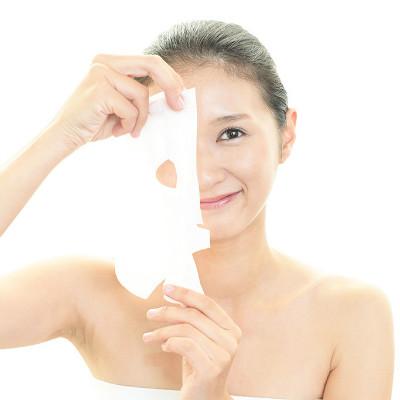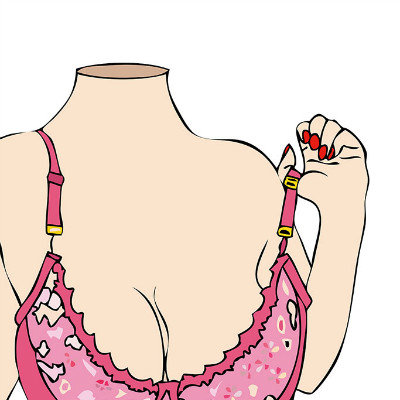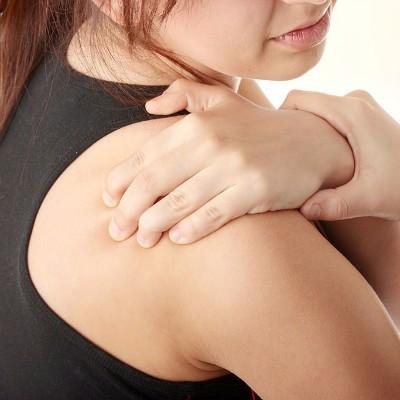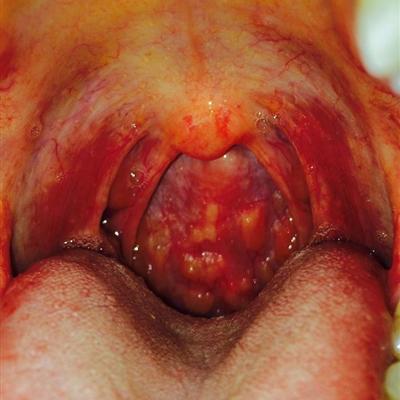On the symptoms of stomach qi
summary
Stomach qi upwardness refers to the disease caused by the reversal of stomach qi, which is characterized by vomiting, hiccup, not thinking about diet, abdominal distension and other symptoms. The common causes of stomach qi upwardness are: feeling external evil, improper diet, phlegm retention, emotional injury, serious illness, or weakness of spleen and stomach leading to stomach disharmony, stomach qi upwardness. It can be seen in acute and chronic gastritis, pyloric spasm, diaphragmatic spasm, esophageal and gastrointestinal neurosis, cholecystitis, gastrointestinal cancer and other diseases. I'd like to talk to you about the symptoms of Stomach Qi up.
On the symptoms of stomach qi
1. Cold vomit diet is a little more, that is, vomit, when for stop, mostly for clear and thin phlegm water or indigestible milk food, vomit is not very sour, abdominal pain like warm, pale, limbs lack of temperature, loose stool thin, or finish grain does not change, urine clear and long, tongue light, thin white moss, pulse thin and weak, red fingerprints.

2. Vomit immediately after eating, vomit stinks, body is hot and thirsty, face is red and irritable, stool is foul or secret knot, urine is yellow and red, tongue is red, fur is yellow and greasy, pulse number and fingerprint color are purple.

3. Frequent vomiting, sour and rotten vomit, undigested food residues or milk tablets, abdominal distension, anorexia, bad breath, constipation or diarrhea, thick and greasy fur, smooth pulse.

matters needing attention
1. The principle of treatment for cold vomiting is to warm the middle and disperse the cold, harmonize the stomach and reduce adverse reactions; Heat vomiting should be treated by clearing away heat and stomach, reducing excess and stopping vomiting; For those who hurt food and vomit, it is appropriate to treat them with Xiaoshi Daozhi and Zhongjiang Jiangni. 2. Commonly used acupoints are spleen meridian, Banmen, abdominal Yin Yang, Zhongwan, Pishu, Weishu and Zusanli. 3. Commonly used techniques such as pushing, kneading, rubbing and pressing.














